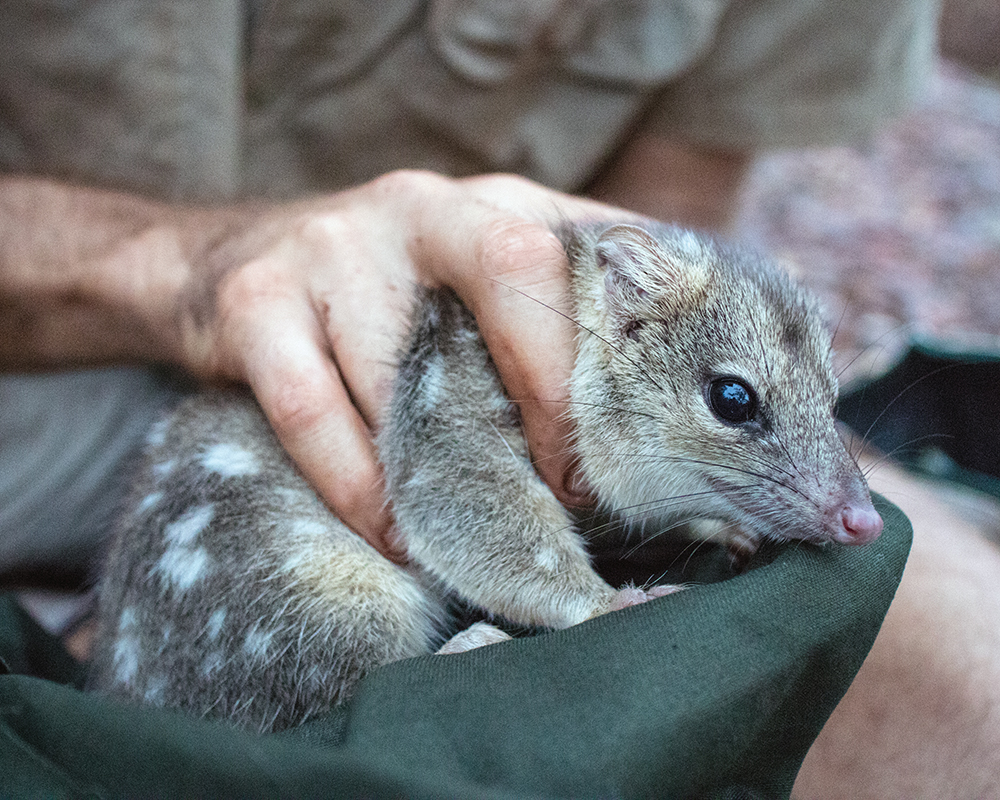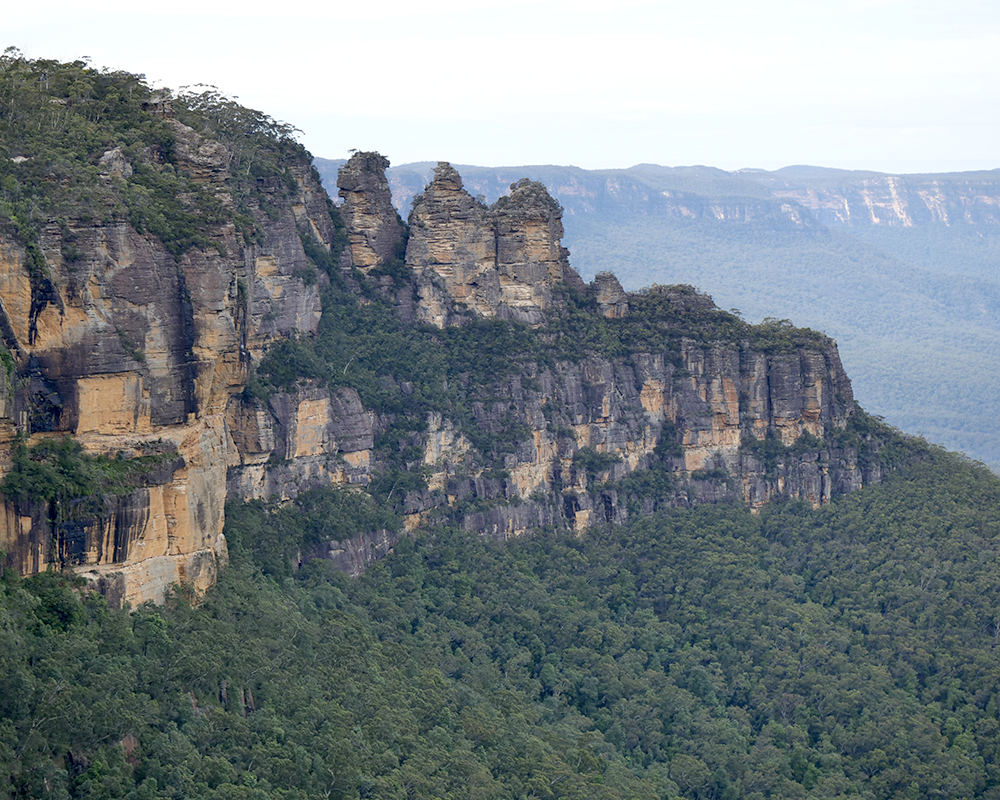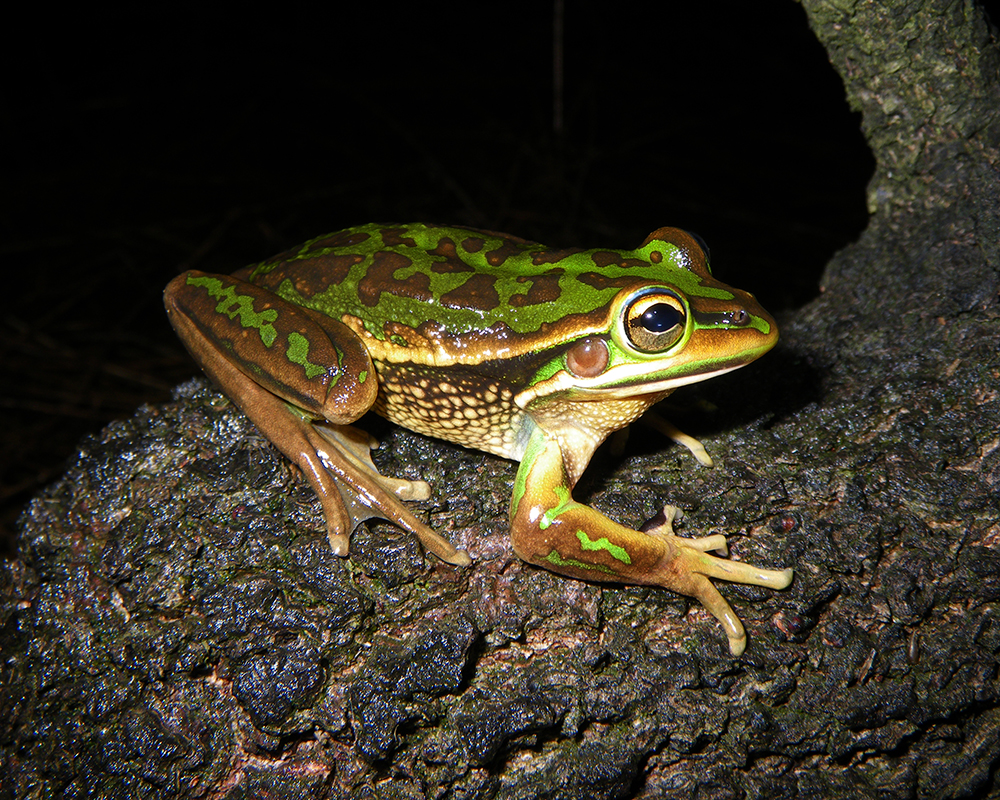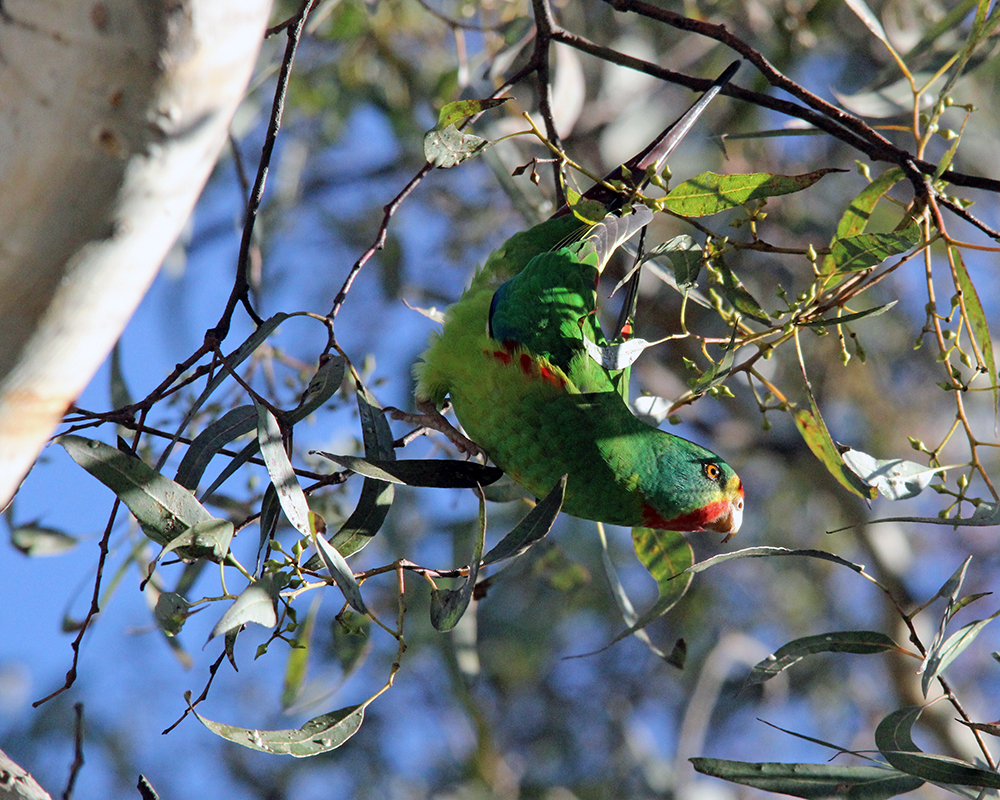
Protected areas alone won’t save all threatened species
Tuesday, 04 September 2018Protected areas alone are not enough to save Australia’s threatened species, according to research from the Threatened Species Recovery Hub.
The research team, led by UQ PhD candidate Stephen Kearney,
investigated major threats facing threatened species and considered how protected areas could alleviate such threats.

Blue Mountains National Park. Well managed protected areas could alleviate all the major threats facing half of Australia's threatened species, but for the other half actions beyond protected areas are vital. Credit: Jaana Dielenberg

Blue Mountains National Park. Well managed protected areas could alleviate all the major threats facing half of Australia's threatened species, but for the other half actions beyond protected areas are vital. Credit: Jaana Dielenberg
“The key finding is that simply reserving land will remove all threats to very few species – only three per cent in fact,” Mr Kearney said.
“It is not enough to just place land in a protected area and then walk away.”
Australia is one of the first countries in the world to reach an international target of having 17 per cent of its land covered by protected areas such as national parks, as a strategy to halt biodiversity declines.
The researchers considered data for more than 1500 species, including threatened plant, mammal, bird, fish, frog, reptile and insect species.

The green and golden bell frog has declined due to habitat loss, but also due to the amphibian disease chytrid fungus. Photo: Adam Parsons
“We did discover that well managed protected areas would address all major threats facing almost half of our threatened species, and address at least one major threat for all threatened species,” Mr Kearney said.
“We did discover that well managed protected areas would address all major threats facing almost half of our threatened species, and address at least one major threat for all threatened species,” Mr Kearney said.
“But half of our threatened species present a serious need to look beyond protected areas to effectively deal with some of the major problems threatening their survival, such as the facial tumour disease facing Endangered Tasmanian Devils.”
UQ’s Professor James Watson said the only way to avoid future extinctions was to conduct broader conservation efforts, such as managing pest species and weeds and stopping land clearing.

Swift parrots need good breeding habitat and enough tree hollows across vast areas as they are migratory. Photo: Jade Craven CC BY 2.0 Flickr
“There is increasing evidence that Indigenous ranger programs and farm stewardship programs can play a vital role in managing habitat and threats to biodiversity outside protected areas.
“Governments should magnify these efforts.”
The research is published in Oryx (DOI: 10.1017/S0030605317001739).
The Threatened Species Recovery Hub – part of the Australian Government’s National Environmental Science Program –is a collaboration of ten Australian
universities and the Australian Wildlife Conservancy.
It undertakes research to support the recovery of Australia’s threatened species.


Diseases like the Devil Facial Tumour do not respect national park boundaries. Photo: Steven Penton CC BY 2.0 Flickr
Media:
Professor James Watson, jwatson@wsc.org, 0409 185 592;
TSR Hub Communication Manager, Jaana Dielenberg, j.dielenberg@uq.edu.au, 0413 585 709.
Photos are available in dropbox to accompany this story. Photographers are named at end of file names and must be credited.
Top image: Northern quolls have severely declined even within many national parks due to the cane toad. Photo: Nicolas Rakotopare